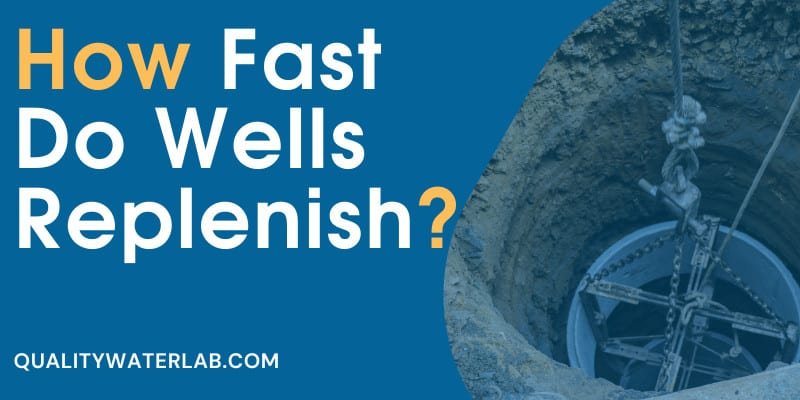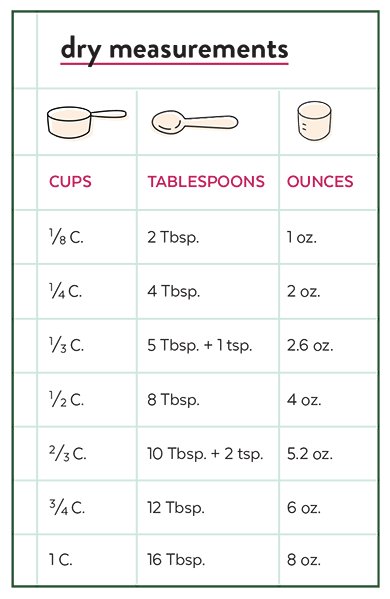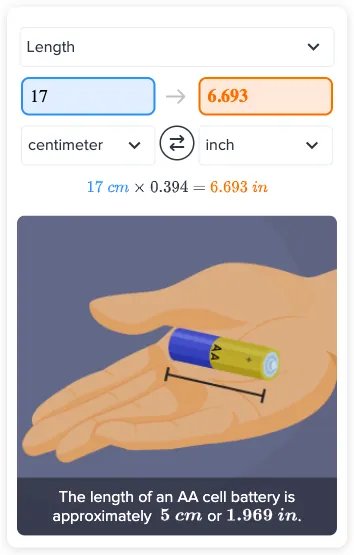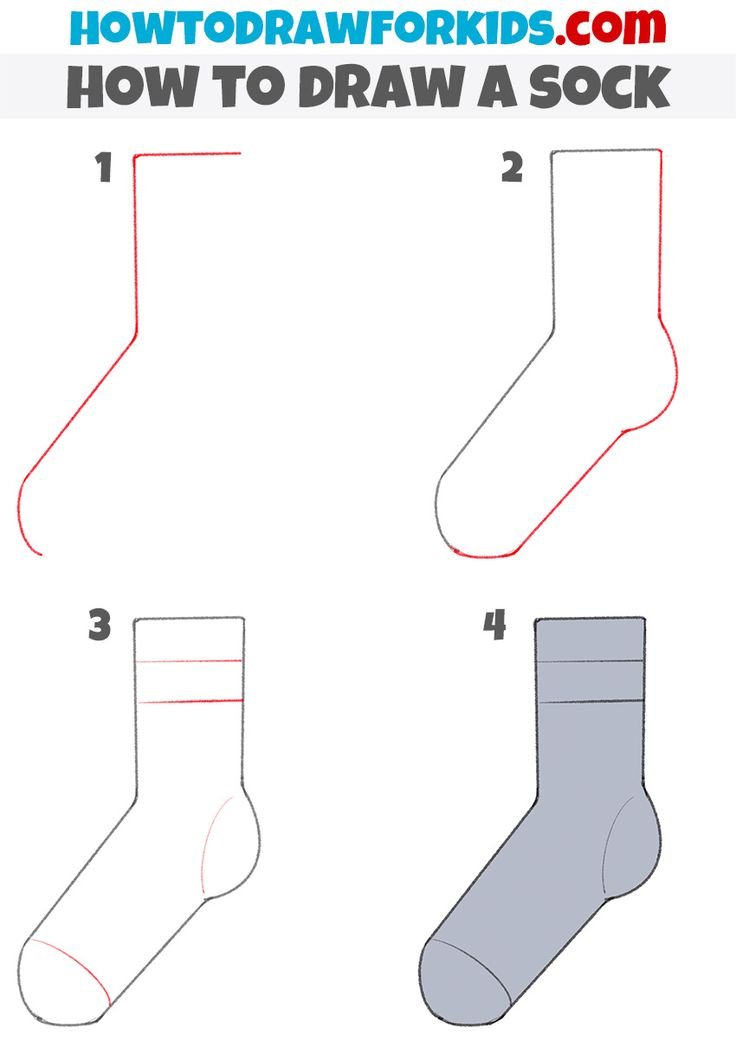Well water replenishes at varying speeds, depending on several factors. The rate at which a well refills is influenced by factors such as rainfall, geology, and groundwater usage. Understanding how fast does well water replenish is crucial for ensuring a sustainable water supply. By examining these factors, we can better manage our well water resources and support long-term water availability. Let’s delve deeper into this topic to uncover the nuances of well water replenishment.
How Fast Does Well Water Replenish: The Science Behind Your Home’s Water Source
Welcome to our blog post where we explore the fascinating world of well water replenishment. Have you ever wondered how quickly the water in your well gets refilled after you use it? Well, get ready to dive deep into this vital aspect of our water systems!
Understanding Well Water Replenishment
Before we get into the speed at which well water replenishes, let’s first understand the basics of how wells work. Wells are essentially holes drilled into the ground to reach aquifers, which are underground layers of water. When you turn on a tap or use water for any purpose from your well, you are essentially drawing water from these aquifers.
Now, the rate at which a well replenishes depends on various factors such as the size of the aquifer, the porosity of the ground, the amount of rainfall, and the usage of water in the vicinity. Let’s break down these factors further.
Factors Affecting Well Water Replenishment
1. Aquifer Size
The size of the aquifer plays a significant role in determining how fast your well water replenishes. A larger aquifer can hold more water, thus potentially replenishing at a faster rate compared to a smaller aquifer.
2. Ground Porosity
The porosity of the ground refers to how easily water can flow through the soil or rock. Highly porous ground, like sandy soil, allows water to move more freely, aiding in faster replenishment of well water.
3. Rainfall
Rainfall is a crucial natural factor that influences well water replenishment. Higher levels of rainfall can lead to increased groundwater recharge, ultimately speeding up the replenishment process.
4. Water Usage
The amount of water being used in a particular area also affects how fast a well replenishes. If there is excessive water usage, the aquifer may struggle to keep up with demand, resulting in slower replenishment rates.
Calculating Well Water Replenishment Rate
Now, you might be wondering, how can we actually calculate the speed at which a well replenishes its water? Well, it involves some scientific measurements and observations. Hydrogeologists, experts who study water movement in the ground, use various techniques to estimate well water replenishment rates.
One common method is the water level monitoring. By regularly measuring the water level in a well over time, hydrogeologists can track how the water level changes in response to rainfall, pumping, and other factors. This data helps in understanding the replenishment rate of the well.
Impacts of Well Water Replenishment Rate
The rate at which well water replenishes is crucial for ensuring a sustainable and reliable water supply for homes and communities. Understanding this replenishment rate helps in proper water resource management and conservation efforts.
For instance, if a well’s replenishment rate is slow, it may be more susceptible to running dry during droughts or periods of high water usage. This highlights the importance of using water wisely and implementing conservation measures to preserve our groundwater sources.
Well water replenishment is a complex process influenced by various natural and human factors. By appreciating and understanding the dynamics of how fast wells replenish, we can better manage and protect our water resources for future generations.
We hope this deep dive into the world of well water replenishment has been enlightening for you. Remember to cherish and conserve this precious resource that sustains life on our planet!
Stay tuned for more exciting insights and information on water systems in our upcoming blog posts!
Recharge Well | Artificial Recharge of Groundwater | Rainwater Harvesting
Frequently Asked Questions
How quickly does well water replenish in a typical residential area?
In a typical residential area, the rate at which well water replenishes can vary significantly depending on factors such as rainfall, soil composition, and the depth of the aquifer. On average, the recharge rate can range from 1 to 5 feet per year.
What factors can affect the speed at which well water replenishes?
Several factors can influence the replenishment rate of well water, including the amount of rainfall, the type of soil in the area, the porosity of the rock formations, and the extraction rate of water from the well. These factors can either slow down or speed up the replenishment process.
Is it possible for well water to replenish faster in some areas than in others?
Yes, it is possible for well water to replenish faster in certain areas due to factors such as high rainfall, permeable soil that allows for quicker infiltration of water, and proximity to surface water sources. In contrast, areas with low rainfall, dense soil, or heavy water usage may experience slower replenishment rates.
Final Thoughts
Well water replenishment varies depending on local factors such as rainfall and geology. In some areas, well water can replenish quickly due to high groundwater recharge rates. However, in others, it may take years for well water levels to recover. Understanding how fast does well water replenish is crucial for sustainable water management. Regular monitoring and conservation efforts can help ensure a reliable water supply for both current and future generations.









